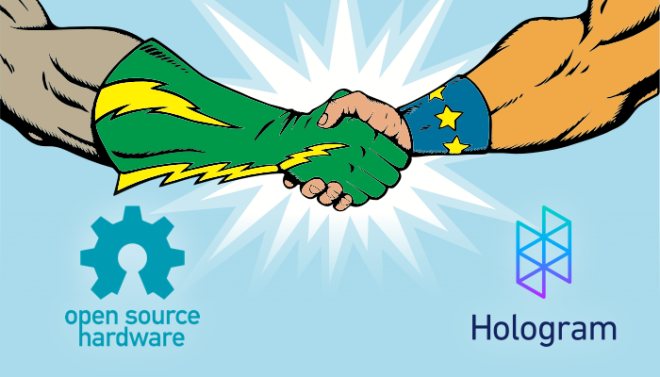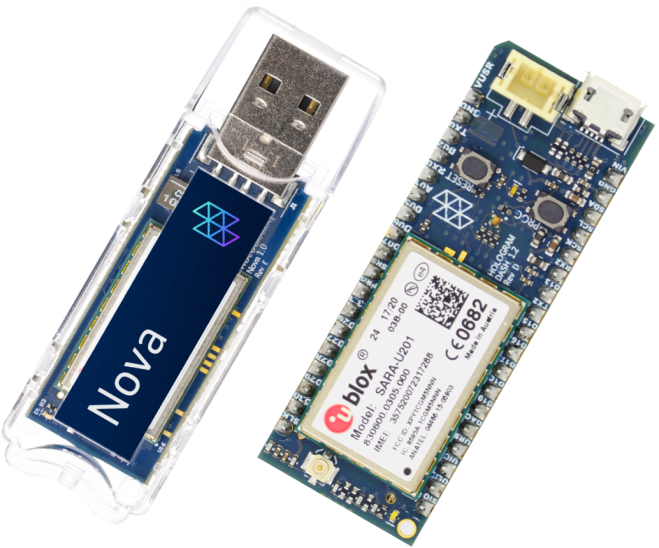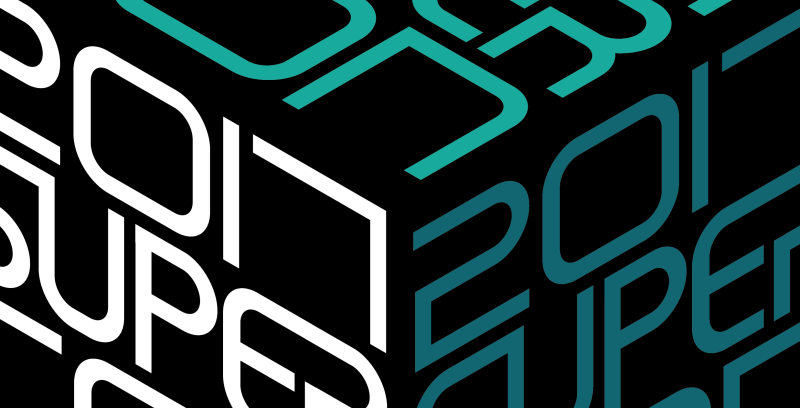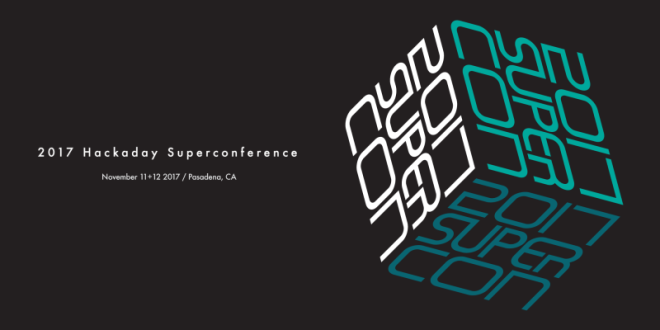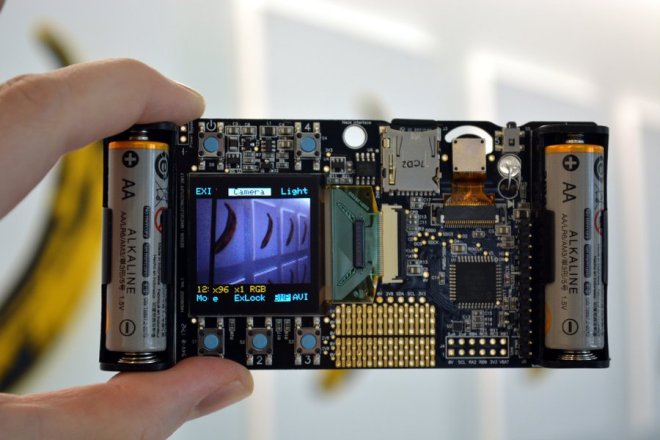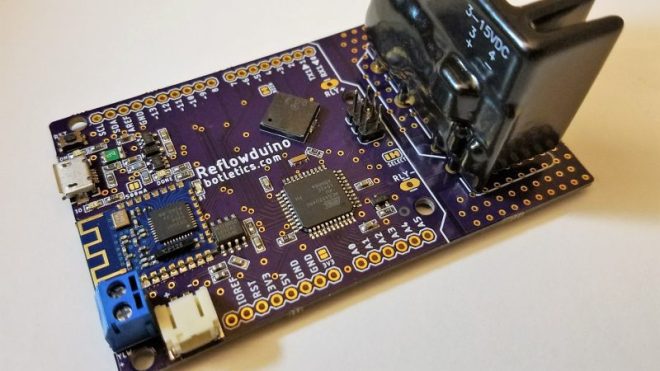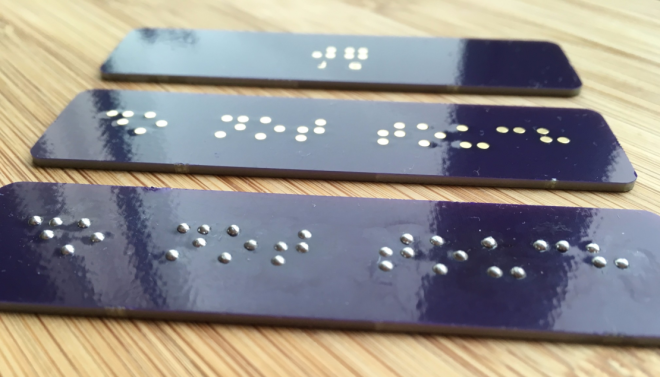Ben Strahan of Hologram.io writes about why development hardware should be open source:
Open-Sourcing Our Hardware
It’s a simple premise – black boxes stifle innovation while open systems encourage exploration. Black Boxes and IP have their place as an essential tool in our economy; but in an industry like IoT where rapid innovation is needed, we need to push for open development tools as the building blocks that lead to innovative end-products for industry and consumers.
Going forward Hologram will open-source all hardware we develop for the developer community, including dependent firmware, through OSHWA. We see this as a mandatory step we need to take to help move IoT forward, to lower the barriers to entry, and to spur innovation in a rapidly evolving ecosystem.
The hardware design files for the new Hologram Nova module are available on GitHub:

